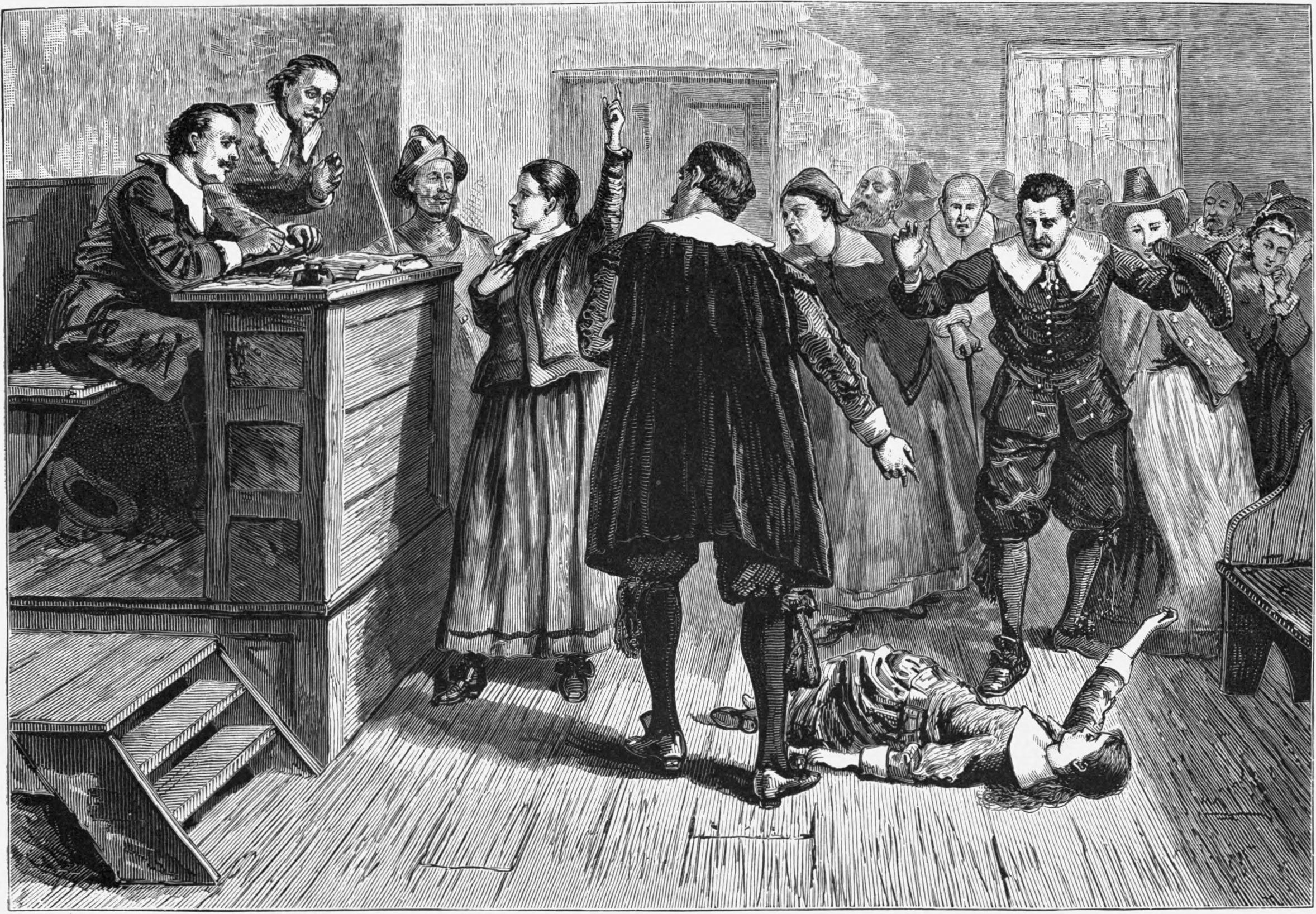The Salem witch Trials began in the spring of 1692. A group of young girls in Salem Village, Mass., claimed to be possessed by the devil and accused several local women of witchcraft. People within Salem became hysteric with fear, and the first convicted “witch” Bridget Bishop, was hanged that June. After Bishop, eighteen others followed to Salem’s Gallows Hill– 150 men, women and children were accused over the next several months. Eventually, the Massachusetts General Court later annulled guilty verdicts against witches. However, pain and bitterness lingered among the people of Salem years afterwards.
Origin
Historians believe that the people living in Salem had many fears in the New World. The belief in the devil harming others began in Europe in the 14th century, and spread during colonial New England. The rural Puritan community of Salem Village included many fears: the after-effects of a British war with France in the American colonies in 1689, a recent small pox epidemic, and fears of attacks from Native American tribes. Salem Village had a rivalry with the affluent community Salem Town, which is present-day Salem.
In Jan. 1692, Elizabeth Parris, 9, and Abigail Williams, 11, daughter and niece of Samuel Parris, the minister of Salem Village, began having fits. This included violent contortions and uncontrollable outbursts of screaming. The local doctor, William Griggs, diagnosed bewitchment. Other young girls in the community began to have similar symptoms, including Ann Putnam Jr., Mercy Lewis, Elizabeth Hubbard, Mary Walcott and Mary Warren. Arrest warrants were issued for Parris’ slave, Tituba, homeless beggar Sarah Good, and the poor, elderly Sarah Osborn. The girls accused them of bewitching them.
Source: history.com






{ 0 comments… add one now }